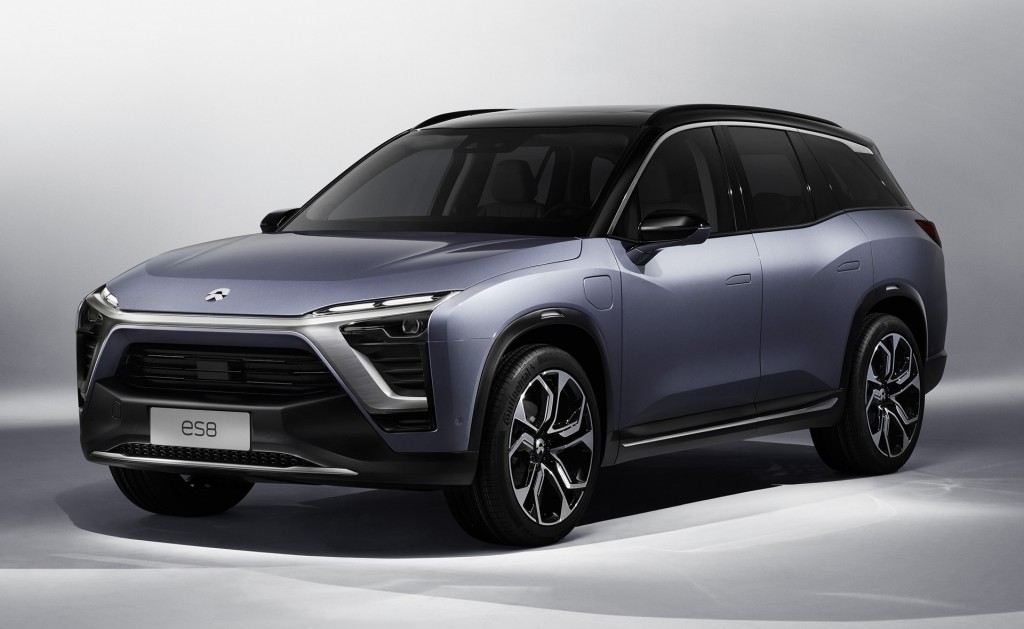Tesla once promised battery swaps for its electric cars as a quicker alternative to charging, before abandoning the idea. Now Chinese automaker Nio has succeeded where Tesla could not, completing 500,000 battery swaps in its home market as of May 26, just over two years after the first battery-swap station opened.
Nio unveiled its Power Swap battery-swapping system in 2017, and opened the first public station in the Chinese city of Shenzen on May 20, 2018. In a press release, the automaker said had 131 stations in operation across 58 Chinese cities as of May 20, 2020.
The company previously said its stations could accomplish a battery swap in three minutes, giving drivers a fully-charged battery pack quicker than any charging station currently available. For comparison, the Nio ES8 SUV's 70-kilowatt-hour battery pack can gain 62 miles of range in 10 minutes from a DC fast-charging station (running at its 90-kilowatt peak).
Nio is making battery swapping part of the company's core services, via its Nio Power unit.

2018 Nio ES8
That's something Tesla considered doing and decided against. Battery swapping was intended to go along with the Model S, as an even faster alternative to the Supercharger fast-charging network. In 2013, CEO Elon Musk demonstrated a 90-second battery swap of a Model S to much fanfare.
But Tesla's first battery-swapping station took a long time to get up and running, and the automaker eventually decided to focus on its Supercharger network of DC fast-charging stations.
Years ago, Israel's Better Place showed how such a business model might work, but its equipment proved too expensive and cumbersome to be installed at the number of locations necessary to see it work at scale.
Will Nio prove that, for battery swapping, the third time is the charm?












